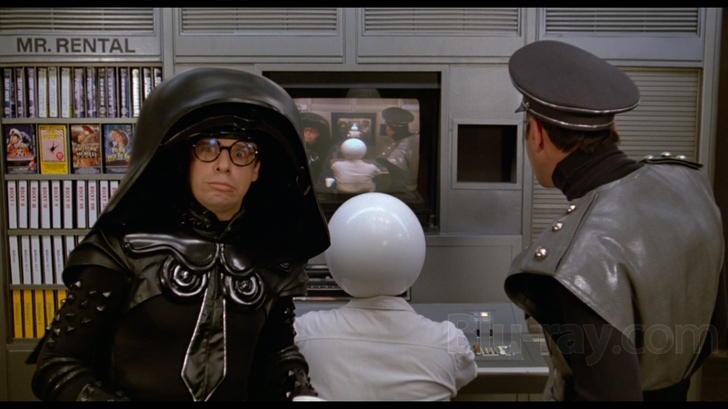The figure dying technique is described on the Strelets forum:
http://pub33.bravenet.com/forum/static/show.php?usernum=2833323740&frmid=6&msgid=0
Scroll down to “How to change plastic colour without paint”.
Haven’t tried it yet, but definitely sounds worth a go.
Revolutions:
There was nearly a revolution in Germany (in some states there was) near the end and after the war. There were strikes and mutinies in many other countries.
Perhaps there should be a “revolution tracking chart” for every major country; every big defeat, loss of home territory, or loss of convoy zone moves a country up one rung towards the breakdown of order. Every year of the war that passes also moves the target nearer, reflecting general discontent with the war, and giving a natural lifespan for the game beyond which people simply wouldn’t go on fighting. In the end, it was the countries who kept armies in the field the longest who won, rather than gaining a military victory.
Another factor here is the idea of national minorities within existing empires. That is, some provinces starting as “home” tts actually contain a majority population not of the parent nationality, who aspire to independence. For example Russia, Germany and Austria all have provinces with Polish majorities, more interested in Polish independence than who wins the war.
BTW, money paid to bribe Italy is payed to the bank, not to Italy! It represents territory promised to Italy after the war by the CP (Tunisia) & the Allies (Trent, Trieste, Dalmatia, Albania.)






